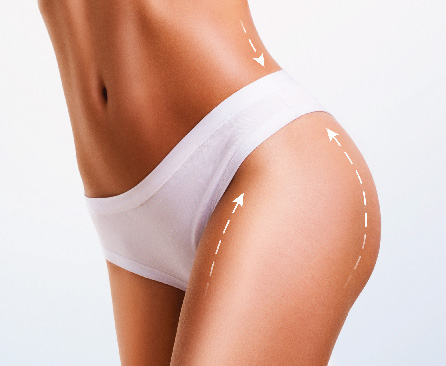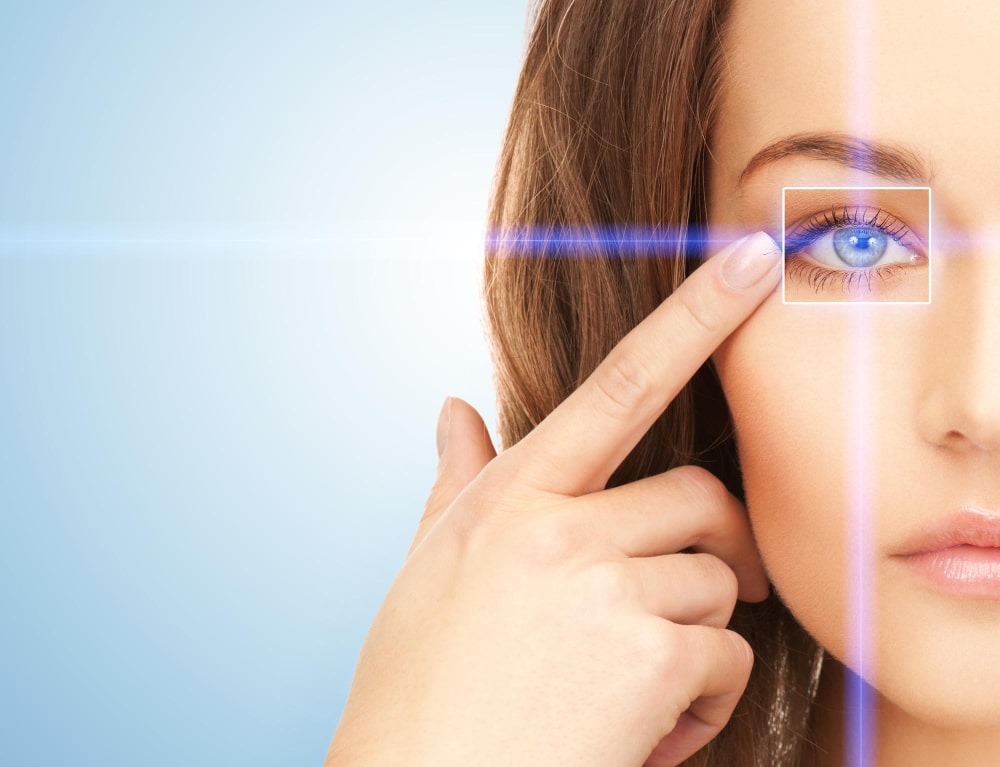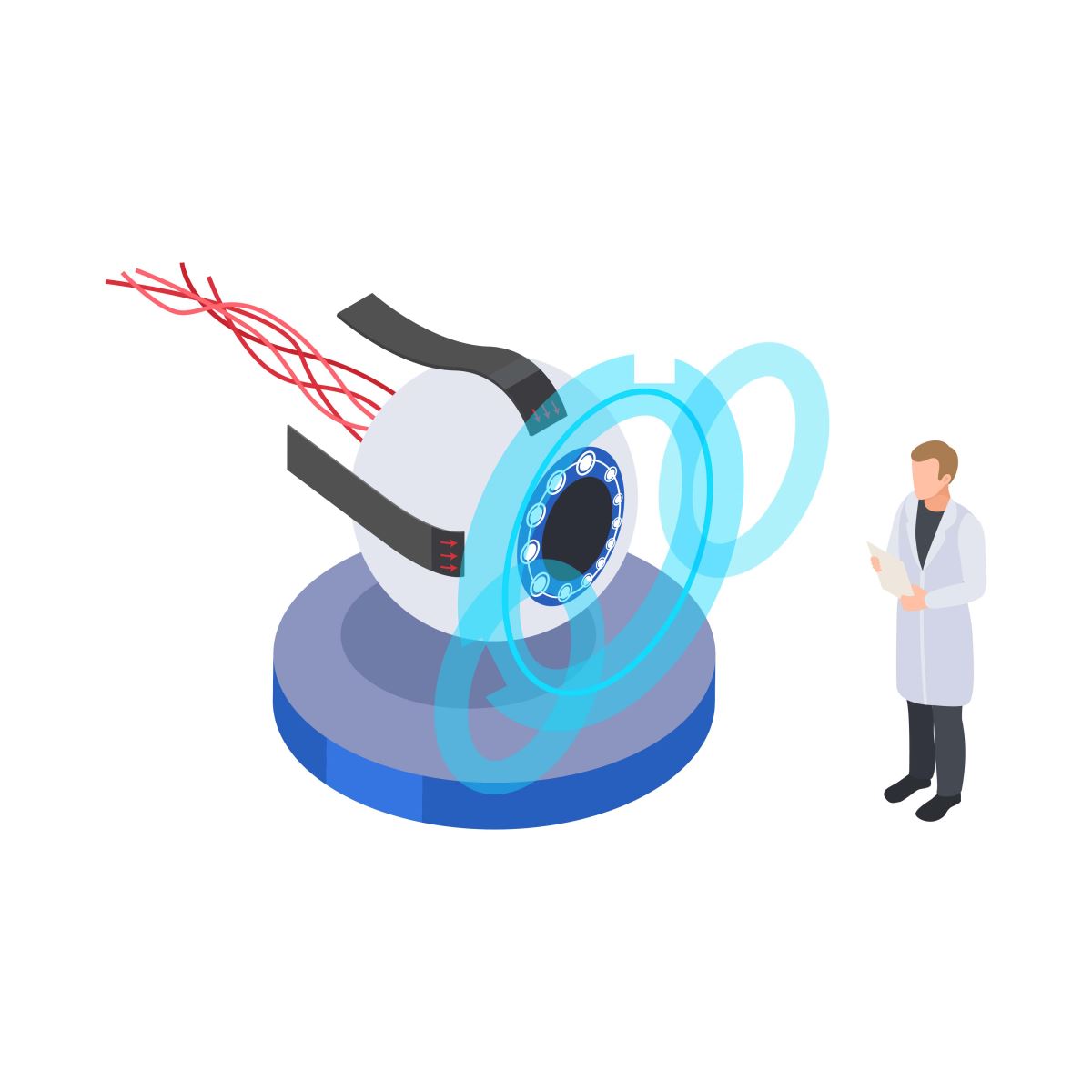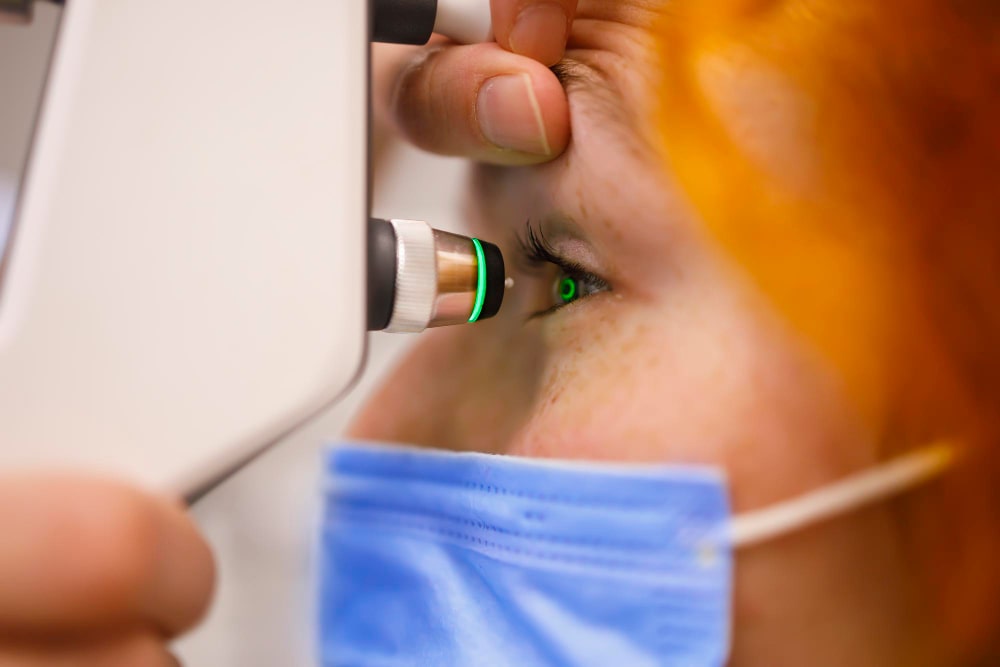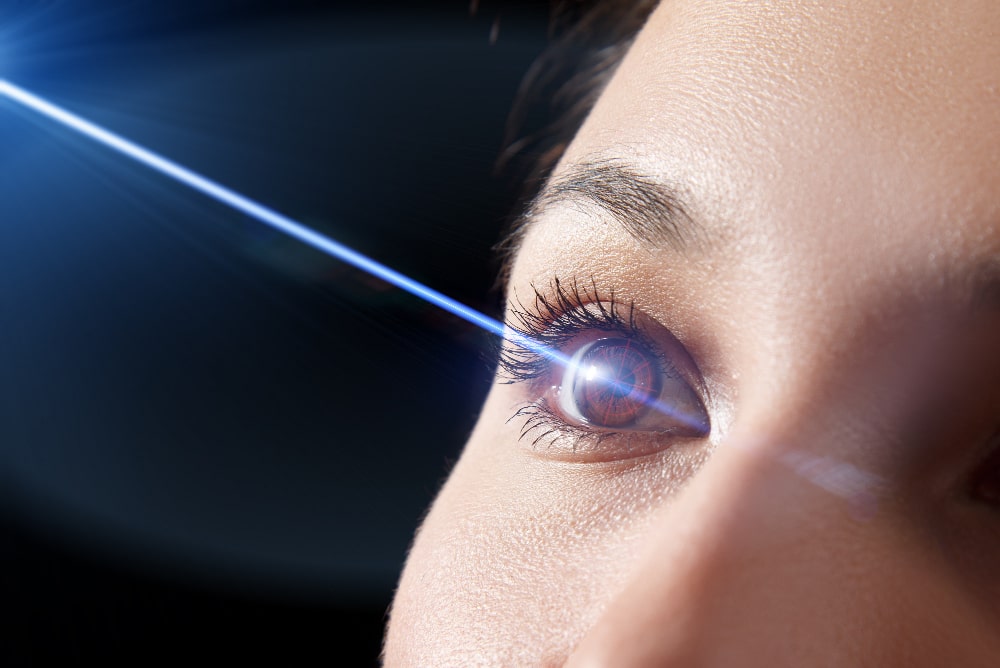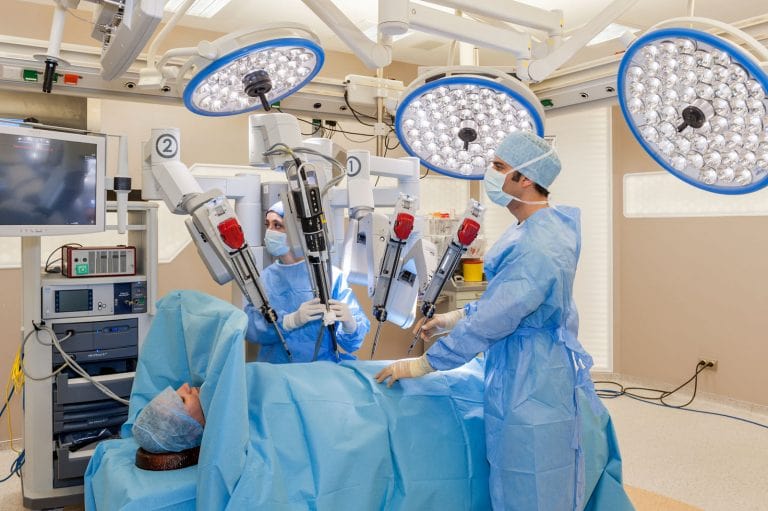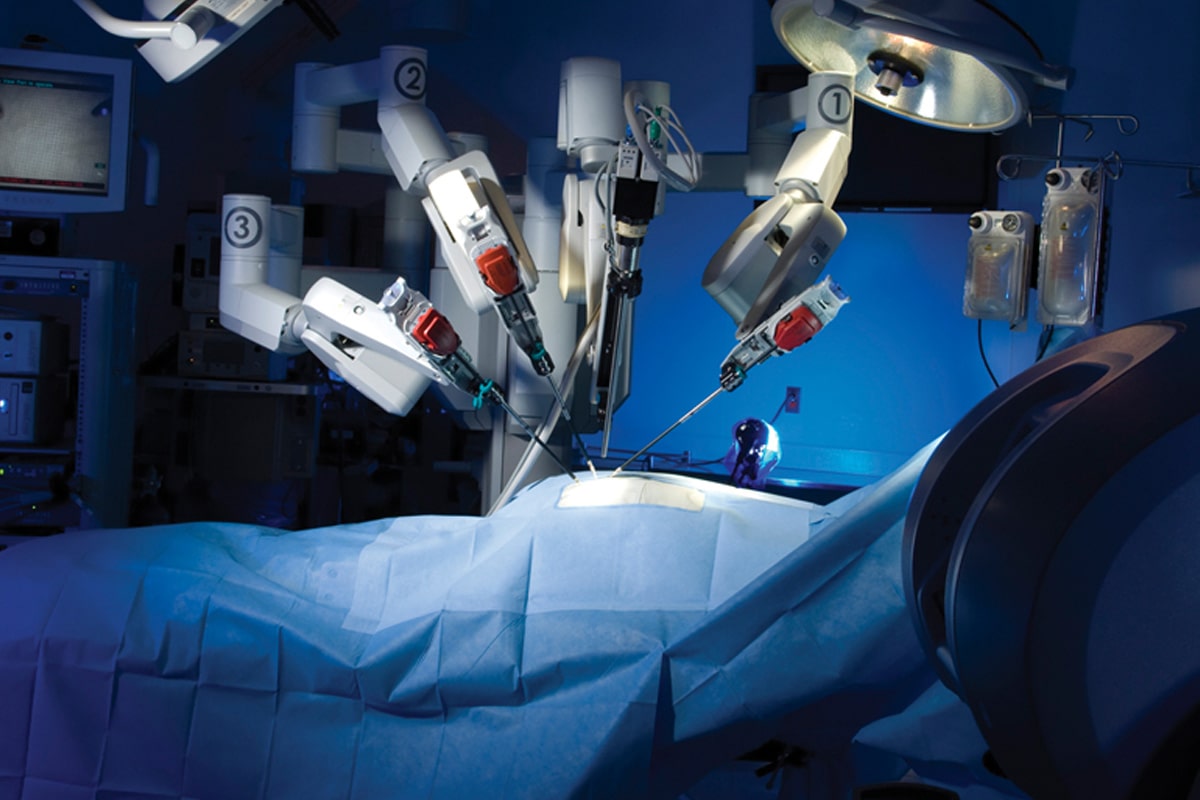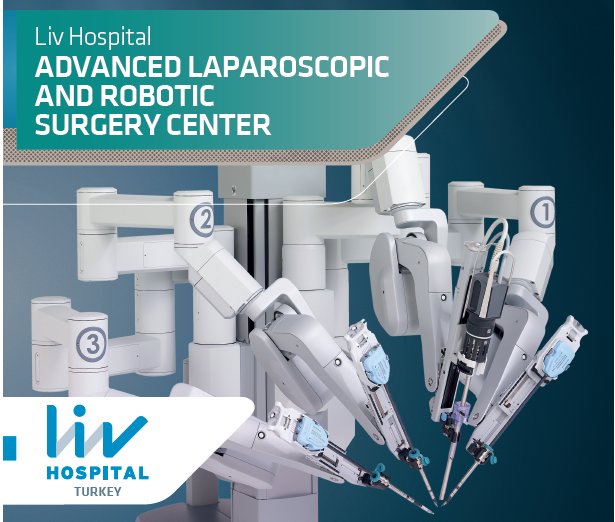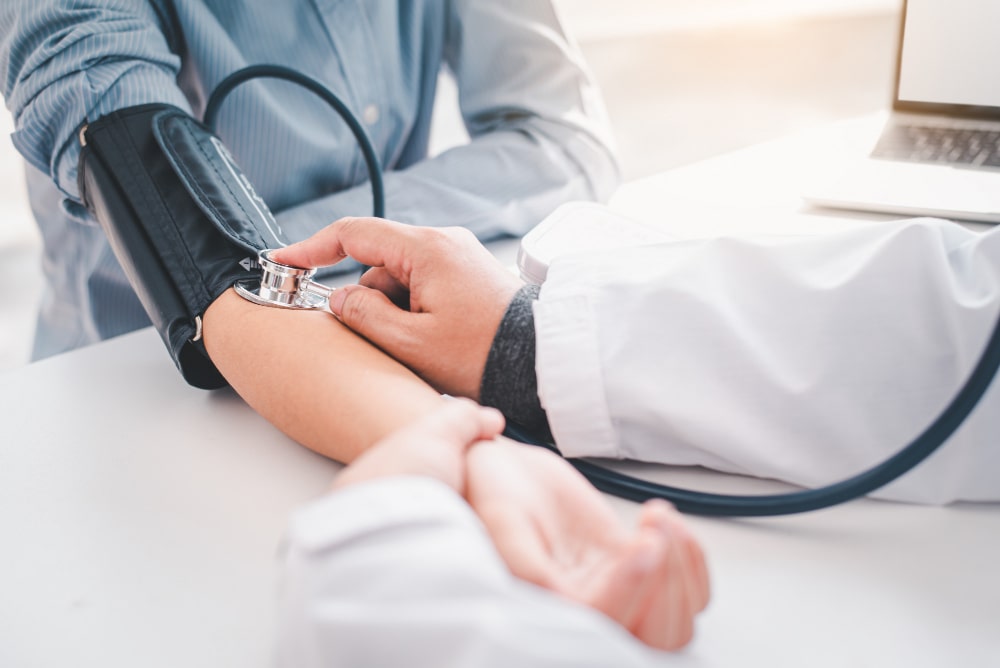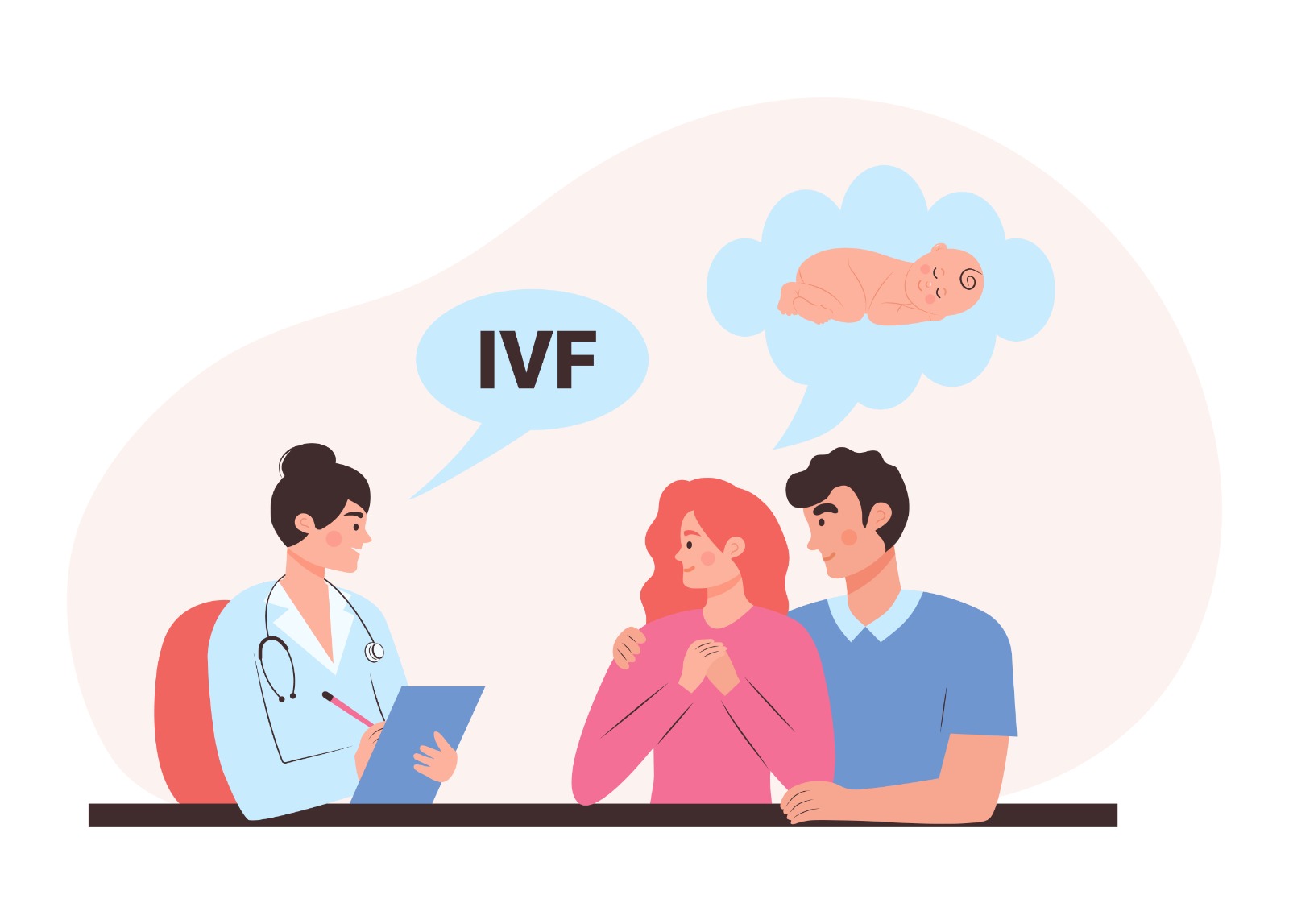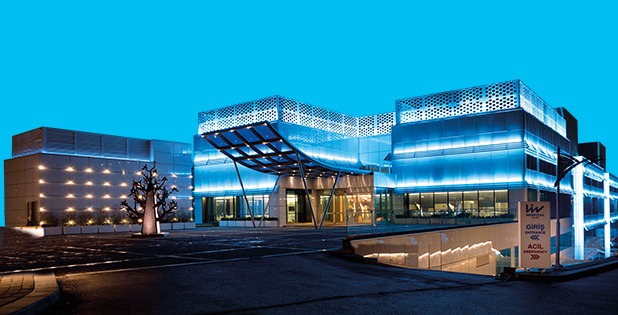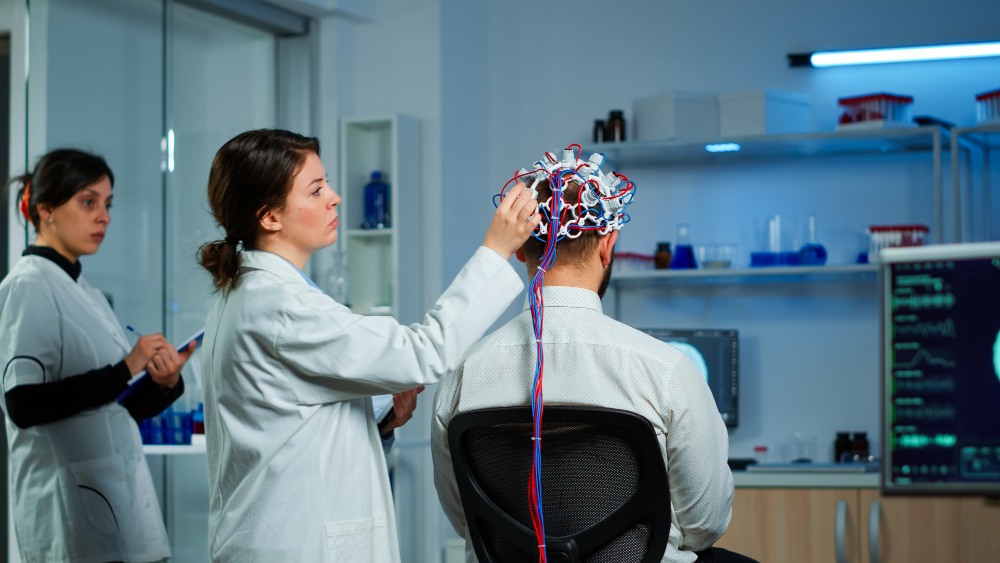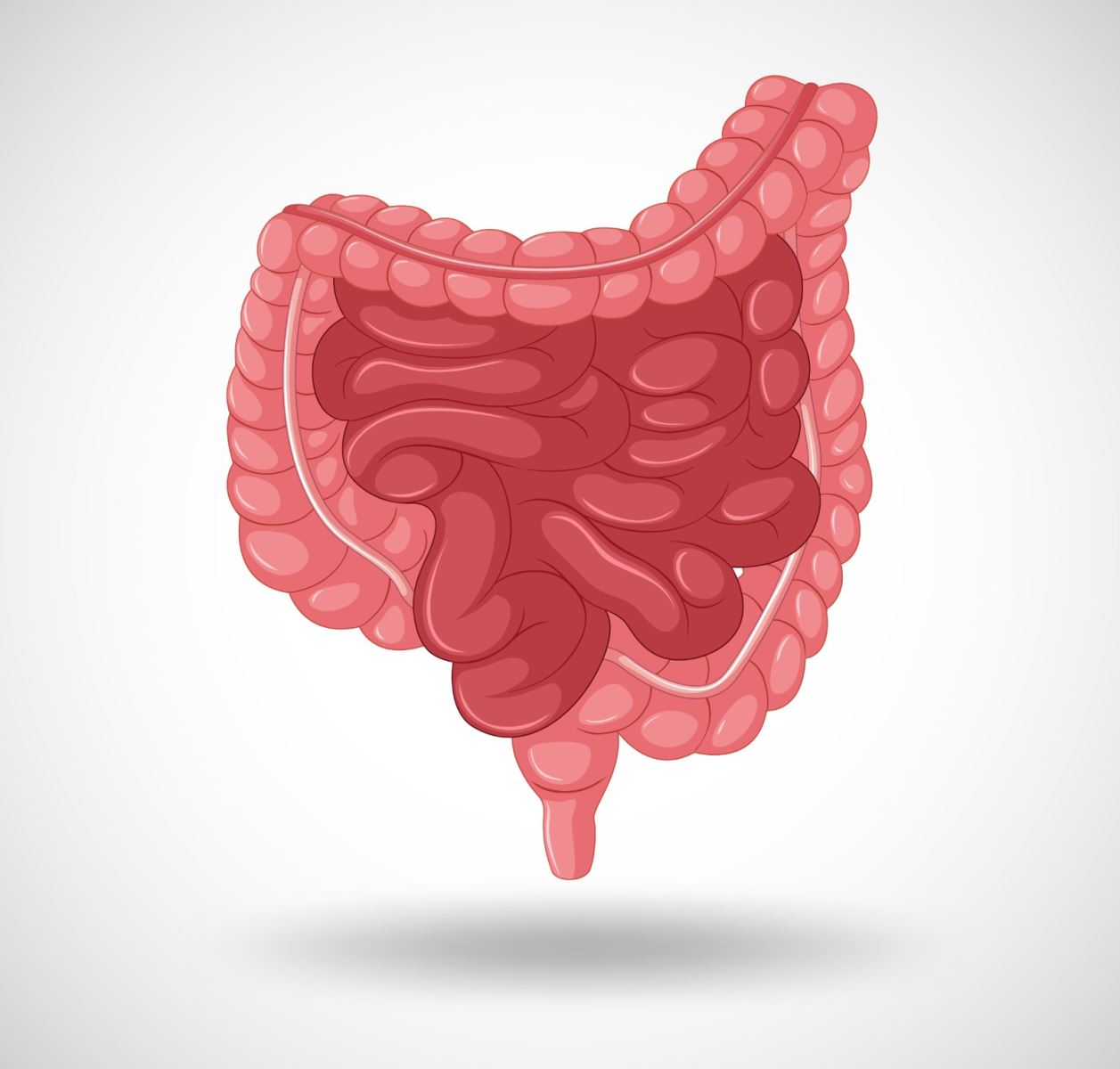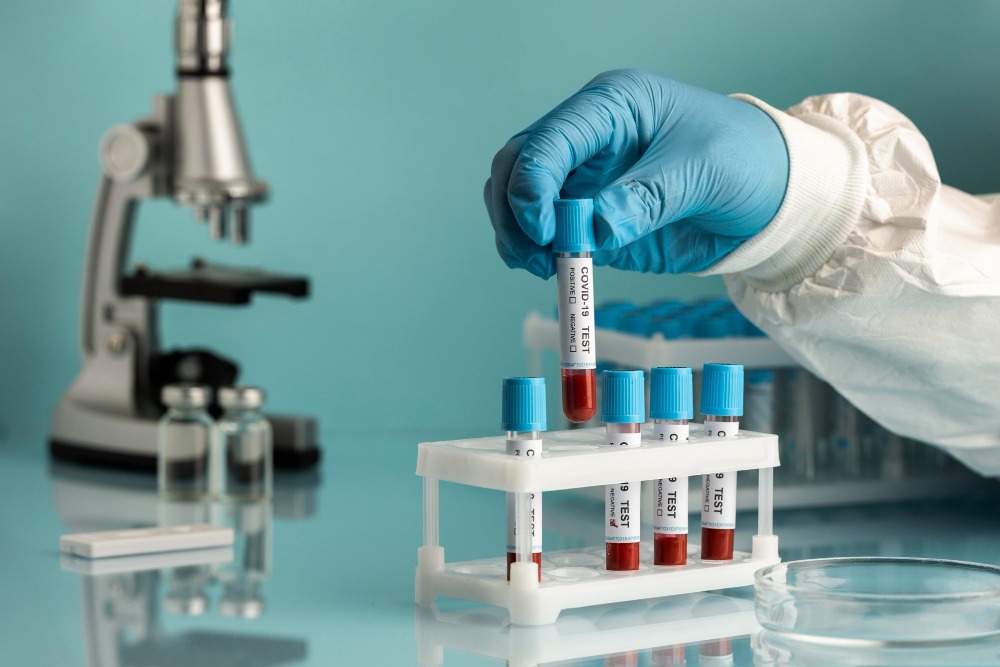What is Butt Aesthetics (BBL- Brazilian Butt)? How Is The Surgery?
Butt aesthetics is among the procedures that have been applied for a long time. More reliable and satisfactory methods are being developed day by day. Brazilian butt is also among these methods. As a result of this procedure, which is performed by removing excess fat tissue from the body and administering it to the hip, people can have the desired volume and shape of the hips. Although Brazilian butt surgery may seem like a personal decision, certain criteria must be met for the surgery to be performed. You can read the rest of the article for answers to questions such as what is BBL and how is the butt reduction operation performed and for more detailed information on the subject.
What is Butt Aesthetics?
A curvy body is one of the common situations that appeal to everyone’s perception of beauty. For this reason, it is aimed to shape the body by paying attention to diet and physical activities, especially by women. This process is long and exhausting. Moreover, the desired result may not always be achieved. Aesthetic procedures may come to mind at this point. Implant procedures to shape the breast and buttocks, mostly to enlarge, have been applied for a very long time. However, in recent years, it has been possible to get the desired image without implants.
Butt aesthetics is the process of adding volume to the butt and reducing it. Recently, the Brazilian butt has become one of the most popular procedures among all butt lift procedures. The Brazilian butt is applied by removing excess fat located in an area of the body and placing it into the buttocks. The Brazilian butt does not cover the recovery process of sagging tissue. If you are concerned about sagging tissues, you can talk to your doctor about the issue and discuss whether you are suitable for the procedure or different options.
What is BBL?
BBL consists of the abbreviation of the first letters of the words “Brazilian Butt Lift”. Apart from these, it is also known as hip augmentation with fat injection or safe subcutaneous buttock augmentation (SSBA). BBL aesthetic is a procedure that enlarges and lifts the buttocks to improve the appearance of the buttocks in addition to removing fat from certain parts of the body. By looking at its name, many people may mistake it for a lifting procedure, such as a facelift. But the Brazilian butt has a different procedure.
So how are butt lift and augmentation applications performed?

How is the BBL Operation Performed?
Butt augmentation surgery is a procedure performed for aesthetic purposes. The decision to have surgery depends entirely on your personal decision. However, you still need to meet certain conditions before having BBL surgery. First of all, you must be over the age of 18. Performing this surgery before the growth and development period is completed will both negatively affect its permanence and not be a right decision in terms of health. In addition, it is also taken into account that the people who will undergo surgery contain a sufficient amount of adipose tissue in the body.
If you do not have a physical obstacle for surgery, your doctor may ask a number of questions that question your mental health. It is also important whether you want this surgery by force of your partner or anyone else, or by a personal decision, or whether you have a distorted body image. As a result of the examination, your doctor, who thinks that you do not have any disability, will give you permission for hip lift surgery.
The question of how hip lift surgery is performed is one of the frequently asked questions. Brazilian butt surgery is performed by a plastic surgeon. Although the surgery is an outpatient procedure, it includes an anesthetic process. Before the operation, the most suitable places in the body are determined for fat extraction. These areas can usually be the hips, inner and outer thighs, or the lower back. The surgical process consists of 2 stages. In the first stage, excess fat is removed from the areas determined before the surgery (liposuction). The other stage is the addition of fat to the hips in order to give the desired shape and volume.
Healing Process After Butt Aesthetics
The hard part of the recovery process after the butt lift can be an average of two weeks. You can return to your daily life after two weeks. For two weeks after the surgery, you should not apply pressure to your hip. That’s why you can’t sit on your hips or lie on your back. When you start sitting, you may be asked to take support from a medical pillow with a hole in the middle to prevent pressure on the hips for a while.
In the eighth week after the surgery, you can start to sit without any restrictions, and after 6 months, complete recovery can be mentioned. At this point, the swelling has decreased and you can see the permanent results of the procedure better. Hip filling is a permanent procedure and its effect lasts for years. In order to maintain its permanence, you need to maintain a stable weight.
Butt Aesthetics Prices 2023
Butt aesthetics prices change every year and have a wide range. It varies according to what your healthcare institution provides to you, your expectations or your doctor. For this reason, you can learn the most accurate information about butt aesthetic prices for 2023 by contacting your healthcare institution.

Frequently Asked Questions About BBL
You can find the answers to some frequently asked questions with Brazilian butt below.
Who Can Have Butt Aesthetics?
Butt aesthetics is a personal decision and anyone can have it done. However, some criteria are taken into consideration in order not to put the person’s health at risk and to increase the permanence of the procedure. These criteria include:
- Being over the age of 18, having completed the growth and development period
- Those who want butt augmentation without implants
- People who have a sufficient amount of fat mass in the body to be transferred to the hip
- Having a good hip skin tone
- Having realistic expectations about the surgery
- Persons who can comply with the requirements to be considered in the recovery process
- And finally, people who are knowledgeable about the risks of surgery are good candidates for butt aesthetics.
Is There an Age Limit for Butt Aesthetics?
Butt aesthetics is a permanent procedure. The permanence of the procedure depends on the person staying at a constant weight and not experiencing changes in the area where the procedure is applied. The period of growth and development, on the other hand, is a period when the changes are still occurring in the body, and the weight is far from being stable. For this reason, butt aesthetics is not applied to individuals under the age of 18.
Do Men Also Get Butt Aesthetics?
Although butt aesthetics is popular among women, there are no restrictions regarding the gender applied. Butt aesthetics can be applied to everyone, whether male or female, as long as they meet the necessary conditions.
When Does Butt Aesthetics Show Its Effect?
You will notice the effect of butt aesthetics immediately after surgery. However, there may be swelling in the area where the surgery is performed, as is the case after most surgeries for a period of time. However, after the healing process has passed, the swelling in the butt will go down and get its original appearance. The Brazilian butt effect can last for a few years or more than a decade. It is useful to maintain a constant weight in order to protect the effects of the procedure. As you get older, the effects of surgery may decrease as a result of changes in the body.
What is the Difference of BBL (Brazilian Butt), The Most Commonly Preferred Butt Aesthetic?
Although BBL has become popular recently among butt aesthetics, butt lift is a procedure that has been preferred and applied for a long time. The other known butt aesthetic option is the butt implant. Butt implant is not preferred by most people because it has an unnatural appearance. In addition, the Brazilian butt contains a fairly low risk of complications when applied by an experienced surgeon. A butt implant, on the other hand, has more infections and additional risks after surgery. The increase in the size of the implant-free hips with a natural appearance is one of the most important features that distinguishes the Brazilian butt from other methods.



